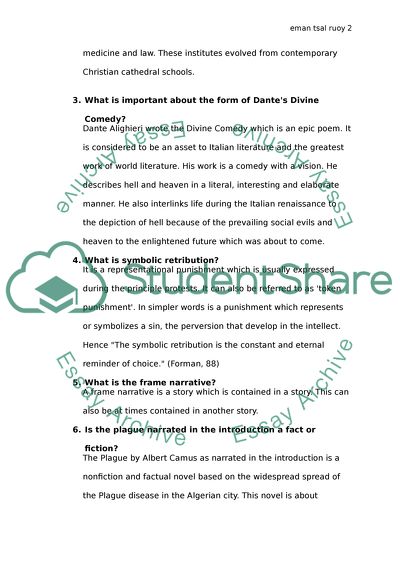Cite this document
(“Middle ages Assignment Example | Topics and Well Written Essays - 1000 words”, n.d.)
Retrieved from https://studentshare.org/english/1476119-middle-ages
Retrieved from https://studentshare.org/english/1476119-middle-ages
(Middle Ages Assignment Example | Topics and Well Written Essays - 1000 Words)
https://studentshare.org/english/1476119-middle-ages.
https://studentshare.org/english/1476119-middle-ages.
“Middle Ages Assignment Example | Topics and Well Written Essays - 1000 Words”, n.d. https://studentshare.org/english/1476119-middle-ages.


